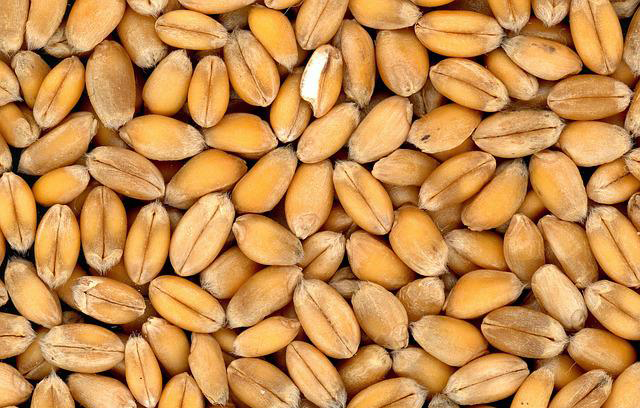Grain ProTrade – wheat wholesale at producer prices
Looking for reliable wheat suppliers for your business? At Grain Pro Trade, we understand the importance of sourcing high-quality grain at competitive prices. We are dedicated to providing a seamless experience for wholesale buyers seeking wheat in bulk. Our platform connects you with trusted suppliers, ensuring you receive the best product for your specific needs.
Why Choose Grain Pro Trade for Your Wheat Purchases?
We provide access to a wide range of wheat varieties suited to various applications. Whether you require hard red winter wheat for bread making, durum wheat for pasta, or soft white wheat for pastries, we can connect you with suppliers who meet your exact specifications. Wheat is available from different origins, enabling a diversified sourcing strategy. You can secure your wheat supply at predictable prices. You will also build long-term relationships with verified suppliers.
Access Competitive Wholesale Wheat Prices for Bulk Orders
Therefore, finding the best price for your bulk wheat purchase is crucial. Grain Pro Trade simplifies the process by providing a transparent marketplace where you can compare quotes from multiple suppliers. Also, you can negotiate directly to ensure you secure the most favorable terms. Furthermore, our platform streamlines the ordering process. This reduces administrative overhead. However, you gain time and resources to focus on your core business. For instance, you can easily search for specific wheat characteristics, such as protein content, moisture levels, and test weight. This will help you find the perfect match for your requirements. Moreover, we offer detailed supplier profiles with verified credentials, providing you with peace of mind. Because we know that quality assurance is vital for wholesale transactions, our suppliers adhere to strict quality control measures throughout the entire supply chain. This can ensure you receive consistently high-quality wheat every time.
We provide access to wheat meeting various international standards, including those for milling and baking. Thus, we connect you to suppliers offering various packaging options, ranging from small bags to large bulk shipments. For example, we can connect you with suppliers offering a variety of contract terms. It will help you to manage your wheat supply effectively.
Contact us today to explore our wheat offerings and get started on securing your bulk order at a competitive wholesale price. You can also get a quote now.

Wheat field

Wheat

Wheat

Wheat bread



















